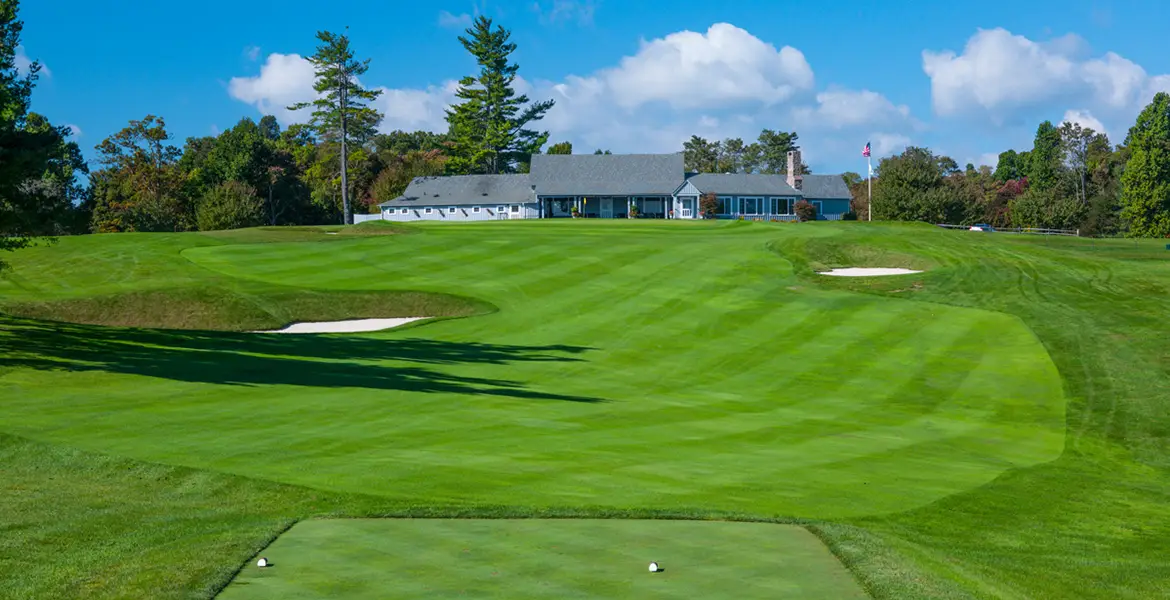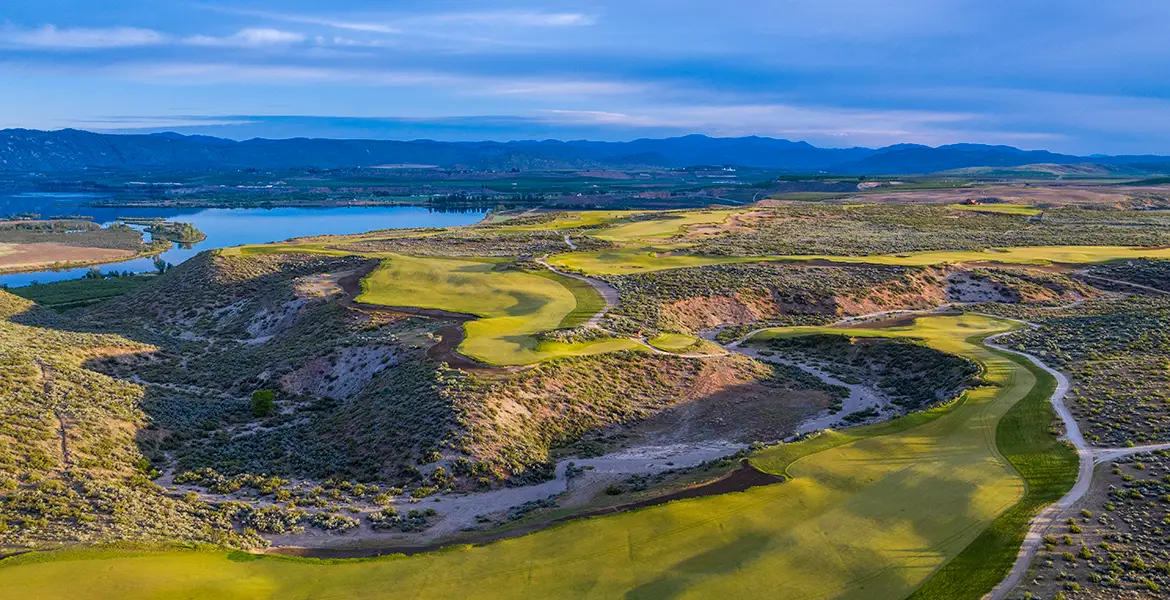Admittedly, the Great Recession came at a bad time for golf. Participation in the game was already declining, and with family budgets being squeezed, leisure bucks were scarce. Everybody predicted that private golf clubs would be hit hard.
Looking back, it’s clear that rumors of the death of private clubs were greatly exaggerated. Yes, some clubs went the way of the gutta percha—and deservedly so in many cases. Others struggled, some still do. According to Kevin Reilly of the consulting group PBMares, “Supply still exceeds demand. There are too many B-level clubs within a 10-mile radius of each other. And they’re not all going to make it.”
But whatever doesn’t kill you makes you stronger. When lean times hit, even fat and happy clubs recognized they had to wise up, as they might have done long ago if they hadn’t been so myopic. Recognizing the need to appeal to more than just those core Boomer golfers, they renovated. Added amenities. Became more financially savvy. Some expanded their food and beverage offerings. Others capitalized on the fitness and wellness craze. Clubs began offering child care, summer camps, and other services aimed at making them more family-friendly. Some even got serious about catering to women and eliminated stupid rules like course- access restrictions.
What smart private golf clubs now realize is that in order to continue to provide first-class golf experiences, they have to offer other sorts of experiences, too, those that appeal to a broader cross-section of people—from older folks who’ve hung up their spikes to tykes who’ve yet to pick up a club. And they have to get creative about appealing to non-golfers, including individuals and families who aren’t in a position to plunk down big initiation fees. For many clubs, low-cost trial memberships and deferred-payment plans were last gasps, instituted to ensure survival. But as is often the case, desperation became the mother of invention and clubs are better for it.
Today, the clubs that are successful recognize that they’re in the business of dazzling people. At Renaissance in Haverhill, Mass., the new food outlet at the pool isn’t a snack bar but a colorful food wagon with its own cartoon character, “Sunny.” At Bluejack National near Houston, the golf course (Tiger Woods’s first U.S. creation) isn’t a beast: It’s fun, with wide fairways and few opportunities to lose balls. The practice balls at Bluejack’s 10-hole, lighted short course pop out of a converted gumball machine. Plus there are lakes stocked with fish, a community orchard, and plans for ball fields, a movie theater, bowling alley, game room, burger joint, ropes course, skate park—even a zipline.
If this all sounds a little Disneyesque, it is. But guess what: people like Disney. If private clubs want to thrive and not just survive, they’ll take a page out of Disney’s playbook and give the people what they want. People still want private golf clubs; they just don’t want to pay a lot of money for a product that stopped innovating in the days of Sam Snead.






